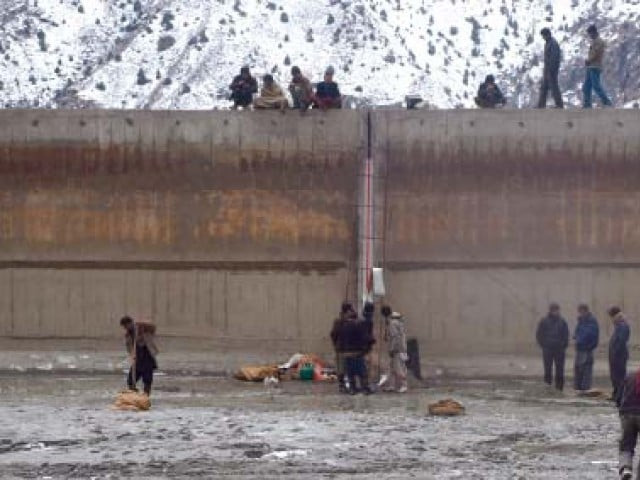Naltar hydel power plant: ‘Silt deposit in reservoir caused cracks in walls’
Floods 2010 to be blamed for 300,000 cusec feet of silt and mud accumulated inside the water reservoir.

Naltar hydel power plant: ‘Silt deposit in reservoir caused cracks in walls’
Authorities in Gilgit on Wednesday blamed last year’s floods for silt deposit in the water reservoir of the region’s biggest power generation unit which caused fissures in its walls and said the problem would be fixed with the help of experts over the next few days.
“Because of the floods that swept the region in 2010, more than 300,000 cusec feet of silt and mud had accumulated inside the water reservoir,” Secretary Water and Power Gilgit-Baltistan Ghulam Mehdi told reporters on Wednesday. He said the silt deposit had caused the walls to crack.
He briefed the media at a time when the water and power department was under attack for its failure to provide electricity to the regional capital.
Gilgit has experienced prolonged power outages since the reservoir’s walls were damaged as water supply to Naltar hydel power plant was cut off.
There was no electricity in Gilgit for over five days in January despite the fact that the region has a potential of producing over 45000 megawatts of power.
Mehdi said two small dams would be constructed near the water reservoir to ensure uninterrupted water supply to the hydel power project even in winters.
Naltar hydel power project produces 18 MW in summers when there is sufficient water supply.
“There is no truth in it,” he said, dispelling fears that the tank could burst due to pressure from the water and fissures in the walls.
The secretary said it would take two weeks to drain the water reservoir and remove the silt.
The city will still get electricity for eight hours every day during this period.
Mehdi rejected the impression that the material used in the construction of the reservoir was substandard. He said weather conditions did affect the reservoir’s structure which would be repaired after engaging technical experts experienced in construction of large dams. Replying to a question, he said the worms found inside the reservoir had nothing to do with the cracks.
Published in The Express Tribune, February 9th, 2012.


















COMMENTS
Comments are moderated and generally will be posted if they are on-topic and not abusive.
For more information, please see our Comments FAQ